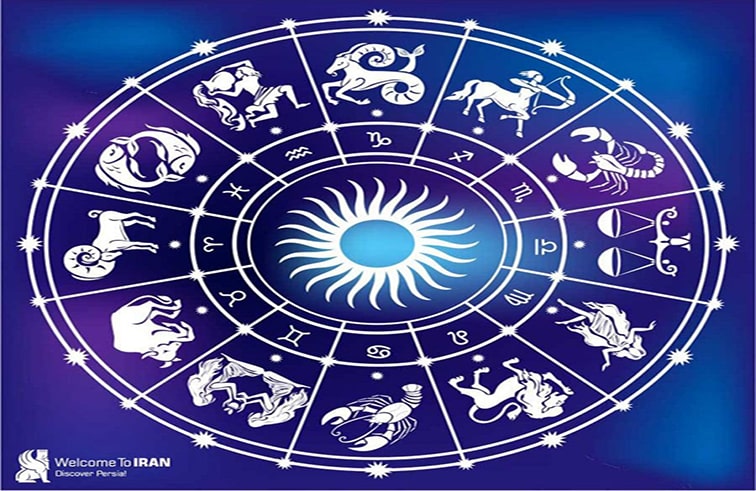Officially used in Iran and Afghanistan, the Solar Hijri calendar is one of the world’s most accurate calendar systems. It is also known as Persian Calendar, Iranian Calendar, and SH Calendar.
The Solar Hijri calendar is not to be confused with the Hijri calendar used in many Muslim countries and by Muslims around the world.

What’s the difference?
The Solar Hijri calendar (Persian calendar) is a solar calendar, meaning that its time reckoning is based on the Earth’s movements around the Sun.
Unlike the Gregorian calendar, which follows a set of predetermined rules to stay in sync with the solar year, the Solar Hijri calendar is based on astronomical observations. The year begins at midnight closest to the vernal equinox in Iran – specifically at the Iran Standard Time meridian at longitude 52.5° east, which runs about 250 miles (400 km) east of Tehran. The first day of the new year is called Nowruz, and it is celebrated around the world by Iranian people.
Tying the Solar Hijri calendar so closely to the astronomical seasons makes it much more accurate than the Gregorian calendar, which, even in its modern form, deviates from the solar year by 1 day in 3236 years.

When Was Year 1 in Persian Calendar?
The Solar Hijri year count starts with the Islamic prophet Mohammed’s migration (Hegira or Hijrah) to Medina in 622 CE. Although the Solar Hijri calendar shares this start date with the Islamic calendar (Hijri calendar), the calendar systems are not related otherwise.
The Hijri calendar is a lunar calendar. Because of this, the year counts between the Solar Hijri calendar and the Hijri calendar differ substantially. For example, January 1, 2016 fell into year 1394 in the Solar Hijri calendar, which corresponds to year 1437 in the Hijri calendar.

Leap Year Rules
Like in the Gregorian calendar, a common year in the Solar Hijri calendar has 365 days while a leap year has 366 days. However, because the Solar Hijri calendar is an observational calendar, there are no mathematical rules to determine leap years. Instead, it is the number of days between two vernal equinoxes that determines if Esfand has 29 or 30 days.
Rule-Based Version
A number of complex mathematical rules have been suggested to determine the distribution of leap years in the Solar Hijri calendar. One of them achieves a degree of accuracy very similar to that of the observational version, requiring about 110,000 years to accumulate an error of 1 day.
History and Background
The Solar Hijri calendar has been Iran’s official calendar since 1925. In Afghanistan, it was introduced in 1957.
The earliest forms of Iranian time reckoning date back as far as the second millennium BCE. A number of different calendar systems were used in Persia through the centuries, including the Zoroastrian calendar and the Islamic calendar. The first version of the modern Solar Hijri calendar, the Jalali calendar, was developed in the 11th century by a group of astronomers including the Persian scientist Omar Khayyam.
Iranian Month Names
The first day of the Persian calendar year is also the day of the greatest festival of the year in Iran, Afghanistan and surrounding regions, called norooz (two morphemes: no (new) and rooz (day), meaning “new day”). The celebration is filled with many festivities and runs a course of 13 days. The last day of which is called siz-dah bedar (Literal translation-”13 to outdoor”)
Days Of The Week
In the Iranian calendar, every week begins on Saturday and ends on Friday. The names of the days of the week are as follows: shambe (natively spelled “shanbeh”), yekshambe, doshambe, seshambe, chæharshambe, panjshambe and jom’e (yek, do, se, chæhar, and panj are the Persian words for the numbers one through five). The name for Friday, jom’e, is Arabic (Persian). Jom’e is sometimes referred to by the native Persian name, adineh. In most Islamic countries, Friday is the weekly holiday.

